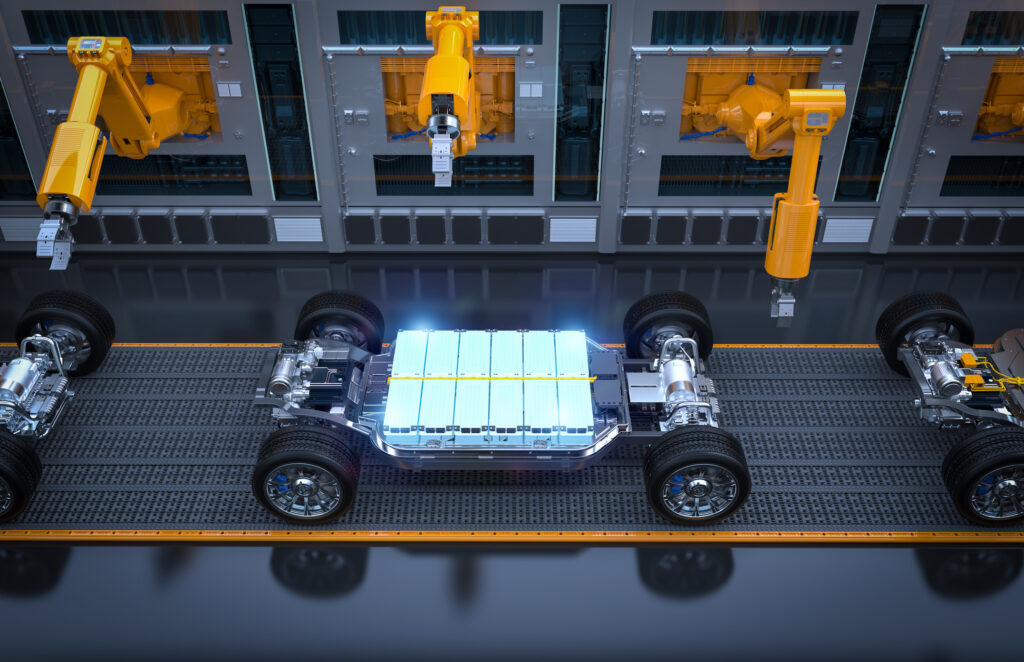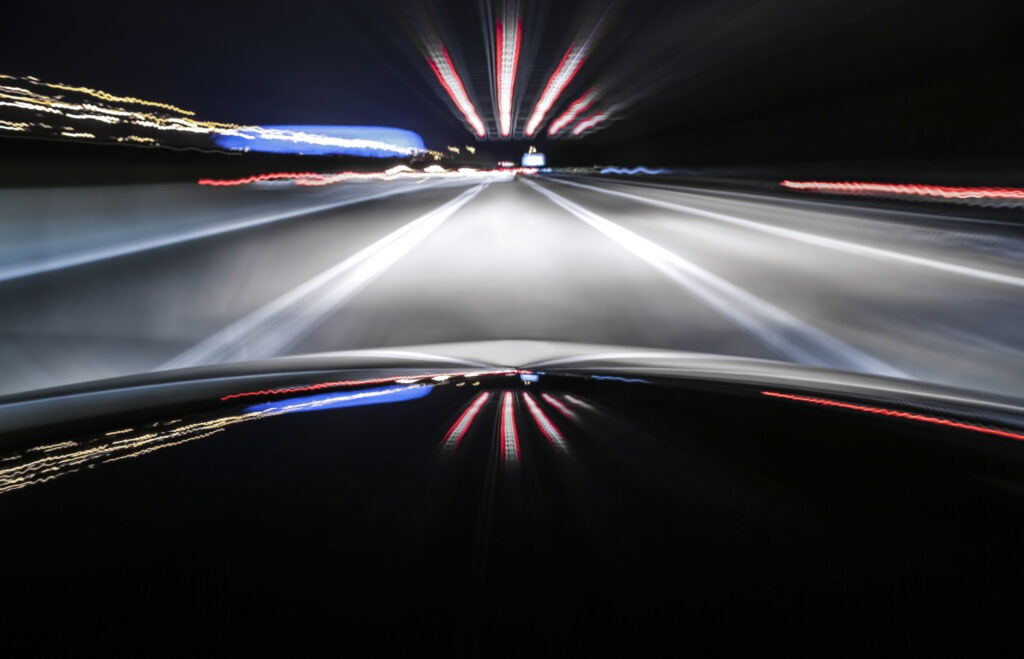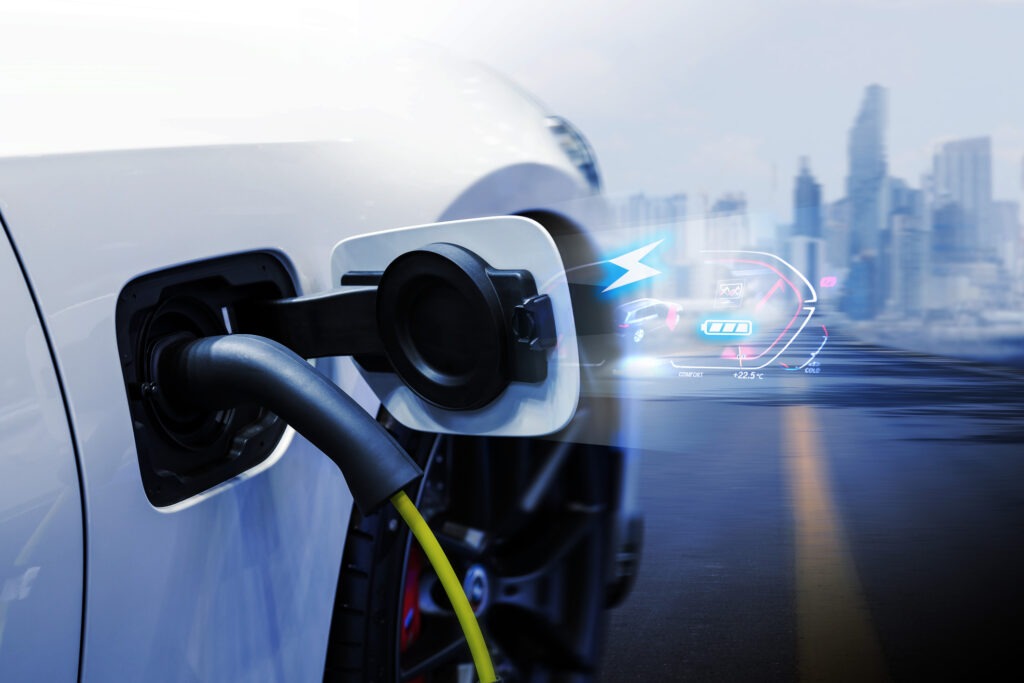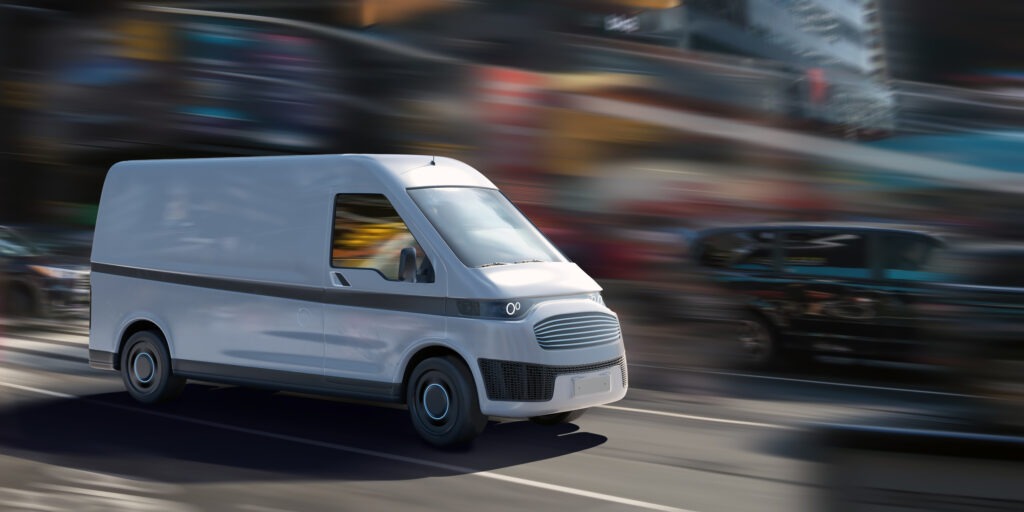How many EV batteries were produced globally in 2024?
31 March 2025

Which electric vehicle (EV) battery manufacturers produced the most cells in 2024? How many gigawatt hours (GWh) were achieved? Autovista24 special content editor Phil Curry examines the latest data from EV Volumes.
In 2024, the number of electric passenger cars on the global market increased by 26.1%, as battery-electric vehicles and plug-in hybrids grew in popularity. This rise meant that more EV batteries than ever were required to keep up with demand.
In total, gigafactories worldwide achieved a total of 867.8GWh cell output for EV batteries, destined for both passenger cars and commercial vehicles. This was an increase in production of 21.2% compared to 2023.
Battery suppliers measure their output in GWh rather than the total number of units produced. One GWh is equivalent to one million kilowatt hours (kWh), the measurement often found in battery-electric vehicle (BEV) specifications. If an average BEV has a capacity of 50kWh, then 1GWh worth of batteries could supply some 20,000 models.
Despite the volume growth, the improvement was the lowest since EV Volumes began tracking cell output in 2014. In 2023, cell production was up 40%, while in 2022 it grew 73%, and in 2021 total output was up 112% year on year.
However, rather than implying a slowdown in production, the reduction in growth may indicate that more gigafactories have reached their production capacities. Many sites will start with a lower cell output, and can take years to reach their full potential.
CATL’s EV batteries top
Once again, the Chinese supplier CATL led the way in the production of EV batteries. The company was the first ever to break the 300GWh barrier, with a total of 300.8GWh in 2024. This was a 24.8% improvement compared to its total capacity of 2023.
This performance meant CATL dominated the market in 2024, producing 34.7% of the total cell output in the year. This was an increase of one percentage point (pp), as more new players in the market diluted the total shares.
The Chinese battery manufacturer rose to the top of the rankings in 2021 and has remained there ever since. Since 2022, it has almost doubled the total of its nearest competitors. From the start of 2014, it has manufactured 858.6GWh of EV batteries. This makes it the largest supplier by far.
The company is continuing to grow, announcing a joint venture with Stellantis for a large-scale LFP battery plant in Spain last year. This site will be located at the carmaker’s Zaragoza facility, with production expected to begin in 2026. It could reach up to 50GWh capacity, and will help Stellantis provide more affordable EVs to customers.
CATL has also formed a strategic partnership on battery-swapping technologies with Nio. The battery manufacturer will strengthen the carmaker’s battery-swapping networks, and will be integrated into the new firefly brand from Nio.
Potential for EV batteries
BYD took second place for the third year in a row. The manufacturer saw a cell output of 156.8GWh last year, an increase of 27.5% year on year. This meant the brand produced 18.1% of the total capacity in 2024, an increase of 0.9pp.
Since 2014, BYD has produced 416.1GWh-worth of cells. The brand has been expanding its automotive market scope in recent years and was the leading global EV manufacturer in 2024.
BYD will be hoping to expand upon its popularity this year and beyond. It recently unveiled its ‘Super e-Platform’, which could deliver a range of 400km in five minutes. The technology is expected to be capable of charging at speeds of 1,000KW.
Third place in the table went to LG Energy Solution, meaning the top three in 2024 mirrored the previous year. The Korean company produced 108GWh of cells last year, an improvement of just 1.8% compared to 2023.
This small increase, together with growing competition in the market, meant the brand’s share dropped last year by 2.4pp to 12.4% of total cell output.
The brand, which was the leading supplier in 2020, will be looking to boost its output this year, adding to its 436.7GWH total capacity since 2014. This figure places it second in the all-time table, ahead of BYD.
In December 2024, LG Energy Solution announced a plan with GM to jointly develop prismatic battery-cell technology, extending its partnership with the carmaker. This would allow the battery producer to be the first global battery manufacturer to offer all three cell form factors: pouch-type, cylindrical, and prismatic.
Making moves
In fourth place, Panasonic saw its cell output drop in 2024. The brand maintained fourth place from the previous year, but its 53.1GWh production capacity was down 8.1%. This meant that Panasonic’s hold on the market dropped by 2pp compared to 2023 and sat at 6.1%. Since 2014, the manufacturer has produced 297.2GWh of cells.
Meanwhile, fifth saw the first position change in the top 10. CALB jumped up the table, from seventh position in 2023. Its 39.8GHw capacity last year was an improvement of 58.1%. It took a 4.6% share of the market, up 1.1pp year on year.
CALB’s growth meant that its total output since 2014 totalled 102.1GWh at the end of 2024. The manufacturer has increased production rapidly from a 4.2GWh output in 2020.
This meant that SK On was pushed down into sixth position. The battery supplier was not only overtaken, but it also lost capacity compared to 2023. Its output of 36.4GWh was down 7%, while its market share fell by 1.3pp, to 4.2%. However, its 134.2GWh total capacity over this period kept it ahead of CALB.
Close at the bottom
Close behind in seventh place was Samsung SDI, with a total of 34GWh in 2024. This was also a decline for the brand, dropping 7.5% of capacity from the previous year. The result also impacted market share, falling 1.2pp to 3.9%. Since 2014, the company has produced 131.1GWh-worth of EV battery cells.
The lower positions of the top 10 battery manufacturers table saw a close finish for eighth and ninth places. Narrowly taking the higher spot was Sunwoda. The company produced the best year-on-year increase within the table, with 124.9% more output in 2024, as its capacity reached 17.1GWh.
This increase saw the manufacturer jump from 12th place in 2023. Sunwoda is also the newest producer in the top 10, having only begun its output in 2017. Its market share of 2% was up from the 1.1% it recorded in 2023. Since beginning production, the company has a total cell output of 31.6GWh.
Just below, in ninth position, was Farasis Energy. The second-newest brand, having begun production in 2015, ended the year with capacity of 17GWh. When breaking the results down, there was just 10MWh between eighth and ninth places.
Faris Energy’s 2024 cell volume was a rise of 12.1% year on year. However, due to better results elsewhere, the manufacturer’s market share slipped by 0.1pp to 2%. Its 41.2GWh lifetime capacity kept it above Sunwoda due to an early start to production.
A new name entered the table in 10th position. Gotion ended the year with a cell output of 13.7GWh, up 66.2% compared to 2023. Its 1.6% share was also up, by 0.5pp.
However, between 2014 and 2024, the manufacturer produced 43GWh of cells, more than both Sunwoda and Farasis Energy ahead of it. This result meant Envision AESC dropped out of the top 10.




